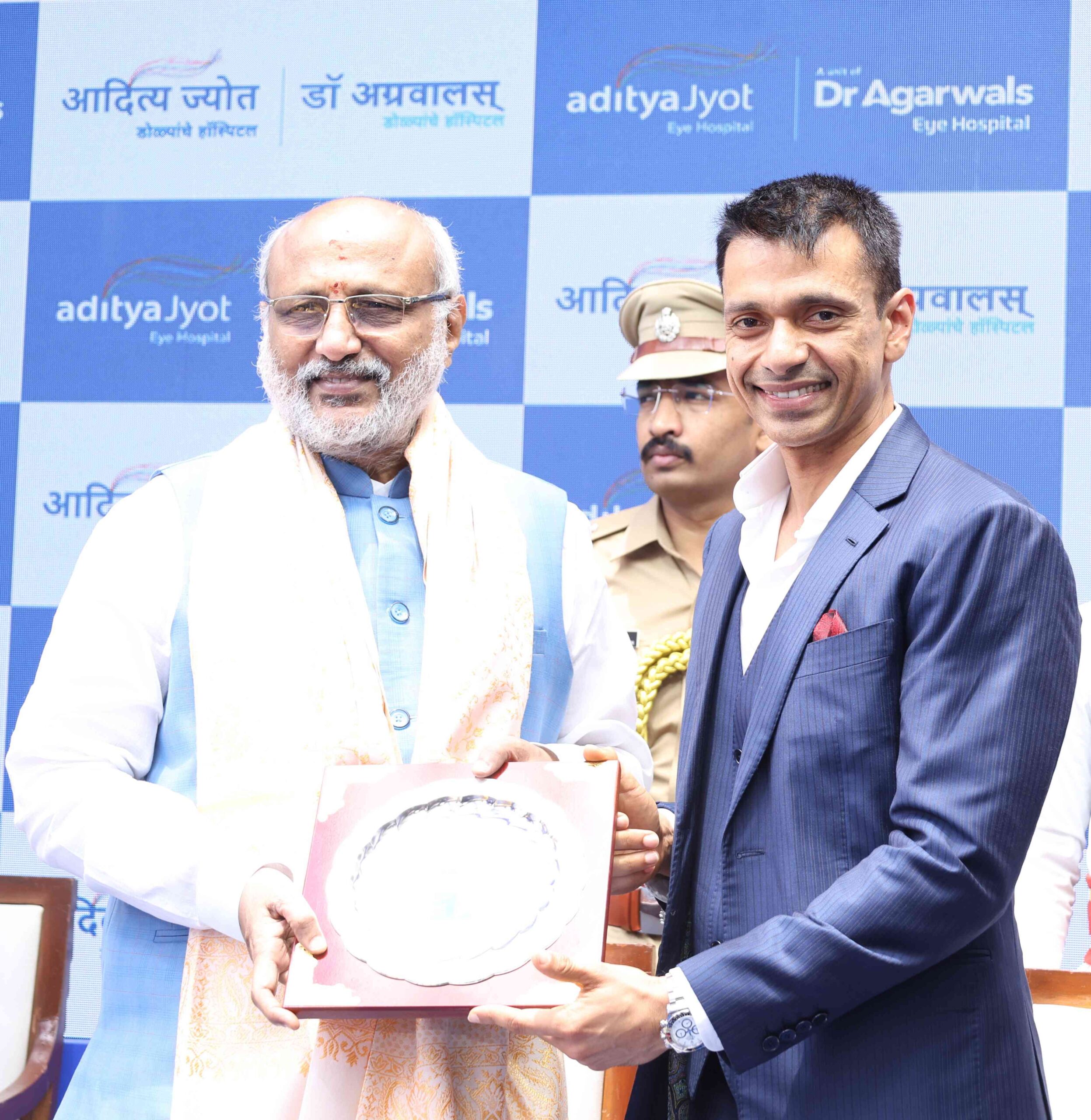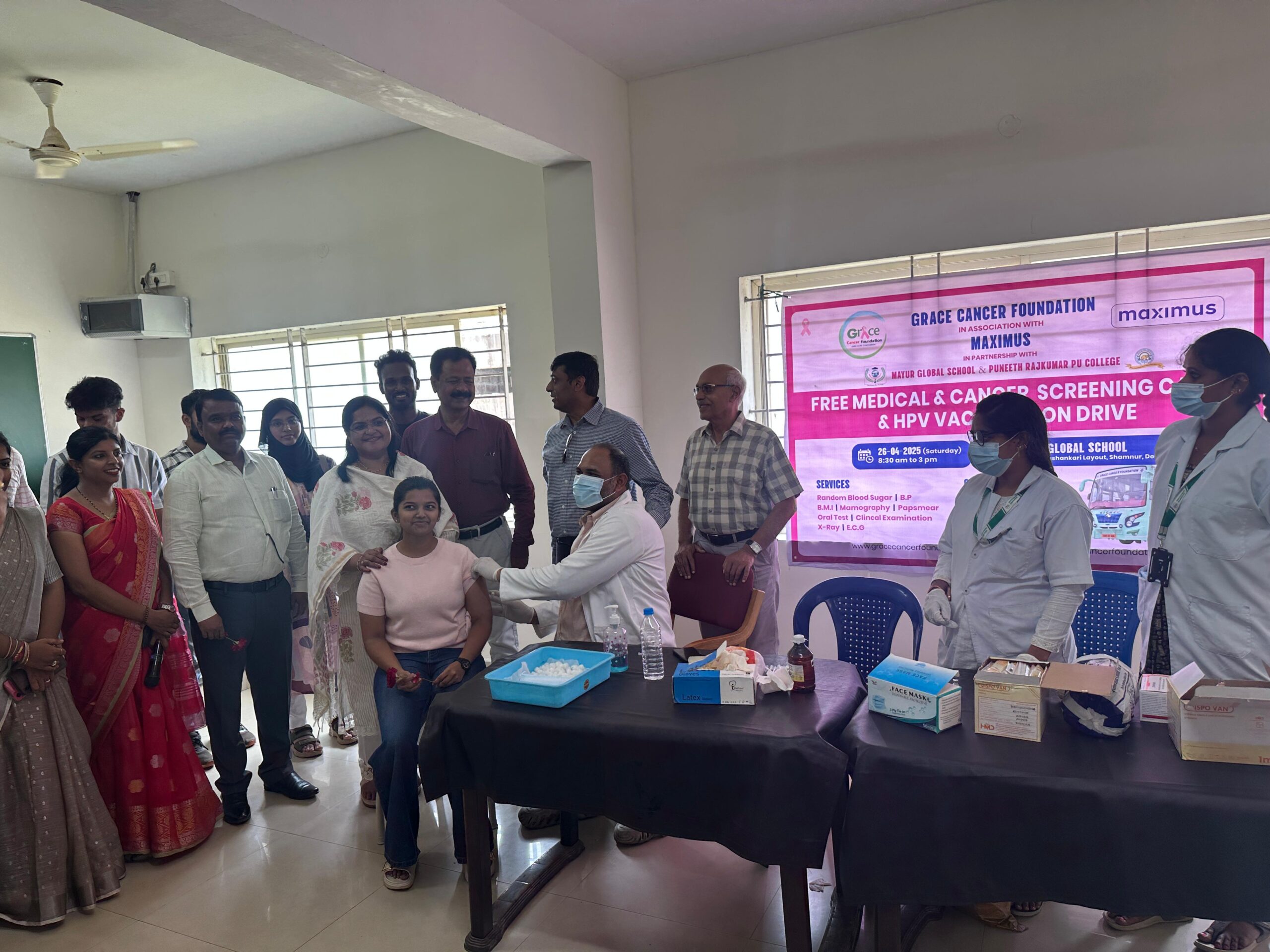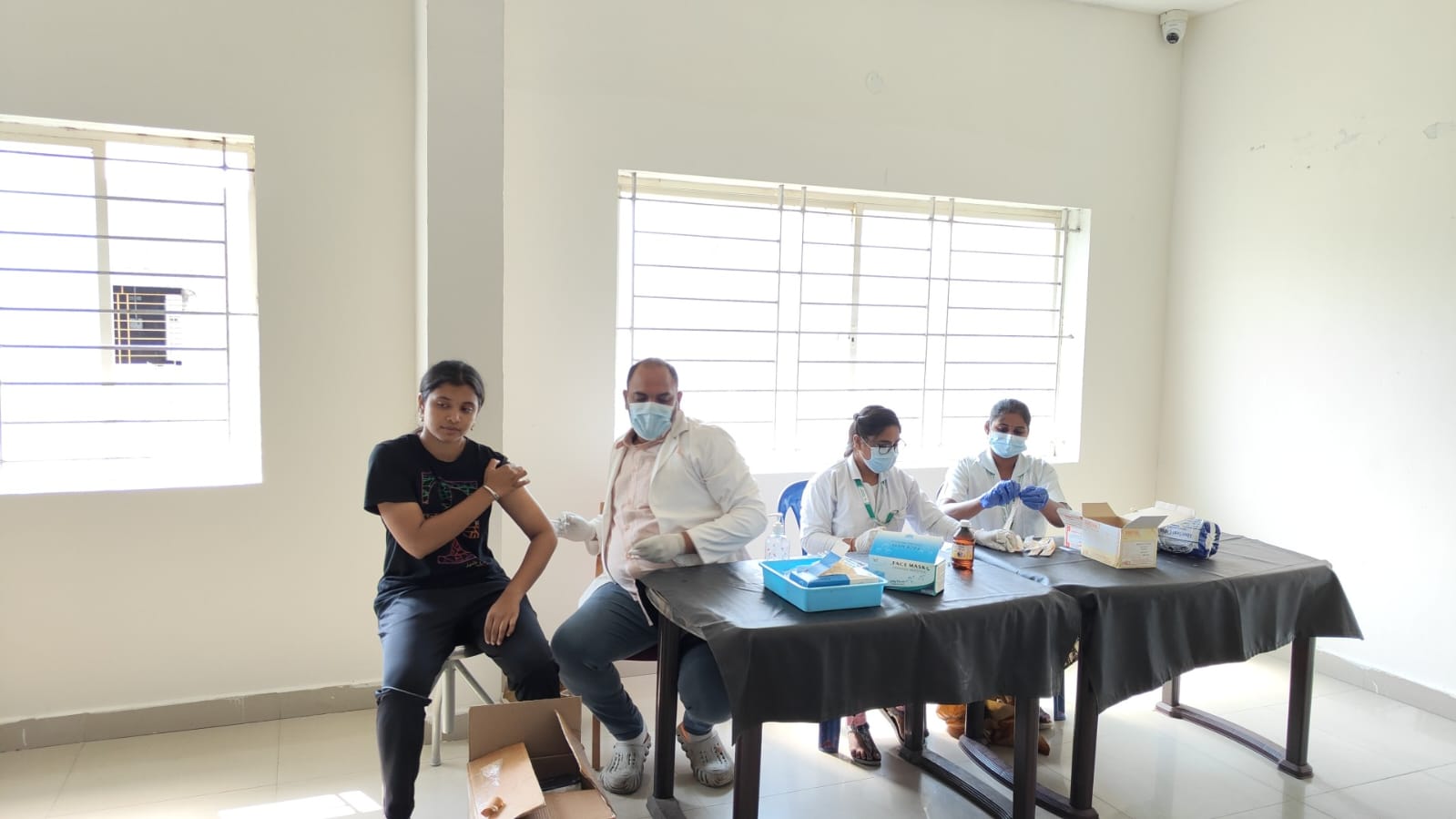Dr. Raj Nagarkar, Managing Director and Chief of Surgical Oncology and Robotic Services, HCG Manavata Cancer Centre, Nashik
In recent years, there has been a concerning rise in the number of young people being diagnosed with bowel cancer. While this form of cancer has traditionally been more common among older adults, younger individuals are now increasingly being affected. This shift in the age group of those diagnosed has raised important questions about the underlying causes of this troubling trend.
Understanding Bowel Cancer
Bowel cancer, also known as colorectal cancer, refers to cancer that develops in the colon or rectum. It usually starts as small growths called polyps, which can become cancerous over time. The risk factors for bowel cancer are well-established and include age, family history, a poor diet, lack of physical activity, and smoking. However, the increase in cases among younger individuals suggests that there are additional factors at play that were not previously as prominent.
- Obesity and Sedentary Lifestyles: Rising obesity rates and lack of physical activity are key factors in the development of bowel cancer.
- Increased Use of Antibiotics and Disruption of Gut Microbiota: Overuse of antibiotics disrupts the gut microbiome, promoting inflammation and cancer risk.
- Environmental Toxins and Pollution: Exposure to pollutants and chemicals increases inflammation and the risk of bowel cancer.
- Delayed Diagnosis and Awareness: Dismissing early symptoms and lack of awareness leads to delayed diagnosis and more difficult treatment.
Is Bowel Cancer Hereditary?
While lifestyle and environmental factors are significant, genetics also play a crucial role in the development of bowel cancer—especially in younger individuals. A family history of bowel cancer significantly increases one’s risk, and in some cases, the condition is inherited through specific genetic syndromes.
One of the most well-known hereditary conditions linked to bowel cancer is Lynch syndrome (also known as hereditary nonpolyposis colorectal cancer or HNPCC). Lynch syndrome is caused by mutations in genes that normally help repair DNA. When these genes don’t function properly, errors in the DNA can accumulate, leading to cancer.
Individuals with Lynch syndrome are at a much higher risk of developing bowel cancer, often before the age of 50, and may also be prone to other cancers such as endometrial, ovarian, stomach, and urinary tract cancers. Genetic testing and counseling are recommended for individuals with a strong family history of these cancers, and early and regular screening is crucial for those who carry Lynch syndrome mutations.
Recognizing the hereditary nature of some cases of bowel cancer can lead to earlier detection and preventive strategies, potentially saving lives.
What Can Be Done to Address This Trend?
- Promote Healthy Eating Habits
Encouraging a diet rich in fiber, fruits, vegetables, and whole grains can reduce the risk of bowel cancer. Reducing the consumption of processed foods, red meats, and sugary drinks is also essential for maintaining long-term digestive health. - Encourage Regular Physical Activity
A sedentary lifestyle is a major risk factor. Promoting daily physical activity, such as walking, cycling, or yoga, can help maintain a healthy weight, improve digestion, and reduce the risk of cancer. - Raise Awareness About Early Symptoms
Educating young people about the early signs of bowel cancer, such as changes in bowel habits, abdominal pain, and blood in the stool, can lead to earlier diagnosis and better outcomes. - Screening and Early Detection
Promoting regular screenings for high-risk individuals and ensuring easy access to early detection services can help identify bowel cancer at its earliest and most treatable stages. Individuals with a family history of bowel or related cancers should consider genetic counseling and more frequent screening.
What Are the Treatment Options Available?
- Surgery: Involves removing the cancerous tissue or part of the colon/rectum, often providing a cure in early-stage cancers.
- Robotic Surgery: A game changer in the field, robotic-assisted surgery allows for greater precision, smaller incisions, less post-operative pain, and faster recovery times. This advanced technology is especially beneficial for complex colorectal procedures and is becoming an increasingly preferred option for both patients and surgeons.
- Chemotherapy: Uses drugs to kill or stop the growth of cancer cells, typically after surgery or when surgery isn’t possible.
- Radiation Therapy: Targets cancer cells with high-energy radiation, commonly used for rectal cancer or when surgery isn’t an option.
- Targeted Therapy: Focuses on blocking specific molecules that promote cancer cell growth, causing fewer side effects than chemotherapy.
- Immunotherapy: Boosts the body’s immune system to fight cancer, especially for advanced or recurrent bowel cancers.
- Clinical Trials: Provides access to experimental treatments that are still being studied for effectiveness.
- Palliative Care: Aims to relieve symptoms and improve quality of life for patients with advanced, untreatable cancer.
The rise in bowel cancer cases among younger people is a concerning trend that requires attention and action. While the exact causes are complex, a combination of lifestyle factors, environmental exposures, and inherited genetic conditions like Lynch syndrome appear to be contributing to this increase. By promoting healthier habits, improving awareness, encouraging early detection, and adopting advanced treatments like robotic surgery, we can work toward reducing the burden of this disease on future generations.








